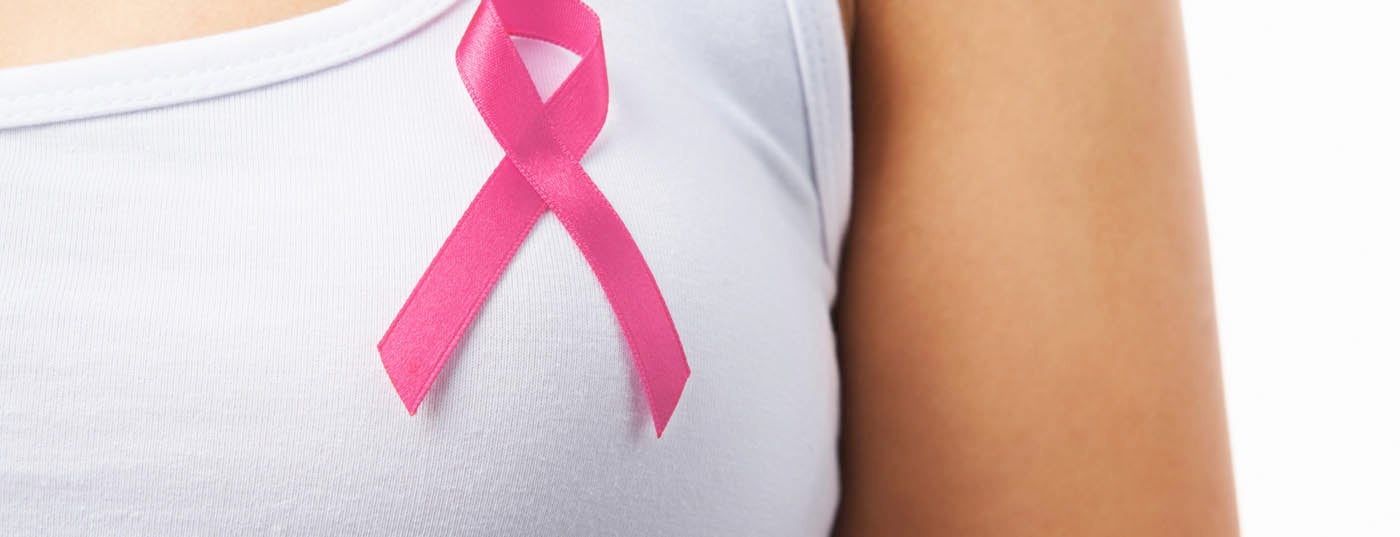Info ONKOLOGIE & HÄMATOLOGIE spoke with Stephanie von Orelli, MD, current head of the gynecology clinic at Stadtspital Triemli, and Brida von Castelberg, MD, former head of the gynecology clinic at Triemli until 2012, about their newly launched app, which aims to motivate women to regularly check their breasts themselves.
Dr. von Orelli, Dr. von Castelberg, how did you get the idea to develop such an app?
While most women know that they should report to a health care provider if they notice a change in their breast. However, many do not know exactly what changes they need to pay attention to. We perceived that women would like guidance on how to better examine themselves and assess their breasts.
How did the team of three female doctors come together?
Since gynecologists are usually the first people to contact when there are problems with the breast, it was clear to us that it would be a task for us. But radiologists are also often in the situation of having to explain the findings of a mammogram to a woman, which is why we developed the app together with Garzoli, MD. Moreover, we are good friends and working together is fun.
Is this your first project in the digital world or do you also run a blog or website?
No, we don’t run a blog or a website, but it was our intention to create a self-explanatory and independent, ad-free app.
To what extent do you yourself use apps and the Internet to exchange information with other professionals and to obtain information?
Today, the digital world is indispensable for us female physicians. The guidelines published by the professional societies and experts on the intranet are of great importance for professional training and the treatment of patients.
Medical societies and expert panels are available on the web. Many also provide downloadable guidelines.
How time-consuming was the development of the app, or was it possible to reconcile the time and effort with your medical work?
Everyone involved works in different professions, so finding common dates was not always easy. But a lot of information can be exchanged by mail. However, it took almost a year and a half from the beginning of the idea to the completion of the app.
What is the feedback on the app?
We got feedback mainly from the women around us. The reactions were consistently positive.
Would you recommend that other physicians become more involved in the digital world themselves, if necessary?
Certainly, direct exchange is still most important for a patient-doctor relationship. However, many patients obtain information on the Internet before a consultation. The challenge here is to find the right information sites, as it can be difficult to verify the quality of authorship.
Good sources of information for patients are established patient organizations such as the Cancer League or professional societies. Many have extra information portals for lay people.
What potential and what disadvantages do you see in this development?
In principle, it is very welcome in our eyes that patients inform themselves in advance, provided they find independent knowledge portals. It is more difficult with experience reports and half-knowledge, which are also frequently encountered on the Internet and can lead to uncertainty. It seems important to us in this relationship that the patients speak openly about the knowledge they have acquired, so that possible misunderstandings on the part of the professionals can be uncovered. Ultimately, it’s not about who has more knowledge – doctor or patient – as in a competition, but about finding the right way together to restore or maintain health.
Obtaining information online is faster, more convenient and more anonymous than visiting a doctor. What options do physicians have to meet these changing demands?
Many doctors or hospitals have a homepage where patients can get preliminary information. Clear statements are important in this context so that the patient knows at what point she should consult a doctor. This was a big concern for us regarding the app. Not every lump in the breast is cancer. You should know the breast and if there are changes, do not go to the doctor unnecessarily, but also not too late.
Finally, can you briefly summarize again exactly what functions the app offers?
The app shows why breast exams are important. In three films, the correct examination by palpation is shown on different breasts. A 3D representation of the anatomy of the breast explains what a woman feels during self-examination. A timer creates a reminder so that the examination is not forgotten (optionally every month or every three months). Possible visible changes in the breast are shown graphically and we demonstrate what a mammogram or ultrasound might look like for palpable changes. What to do if you feel a lump is addressed without scaring the women.
Interview: Andreas Grossmann
InFo ONCOLOGY & HEMATOLOGY 2015; 14(5): 32-33.











